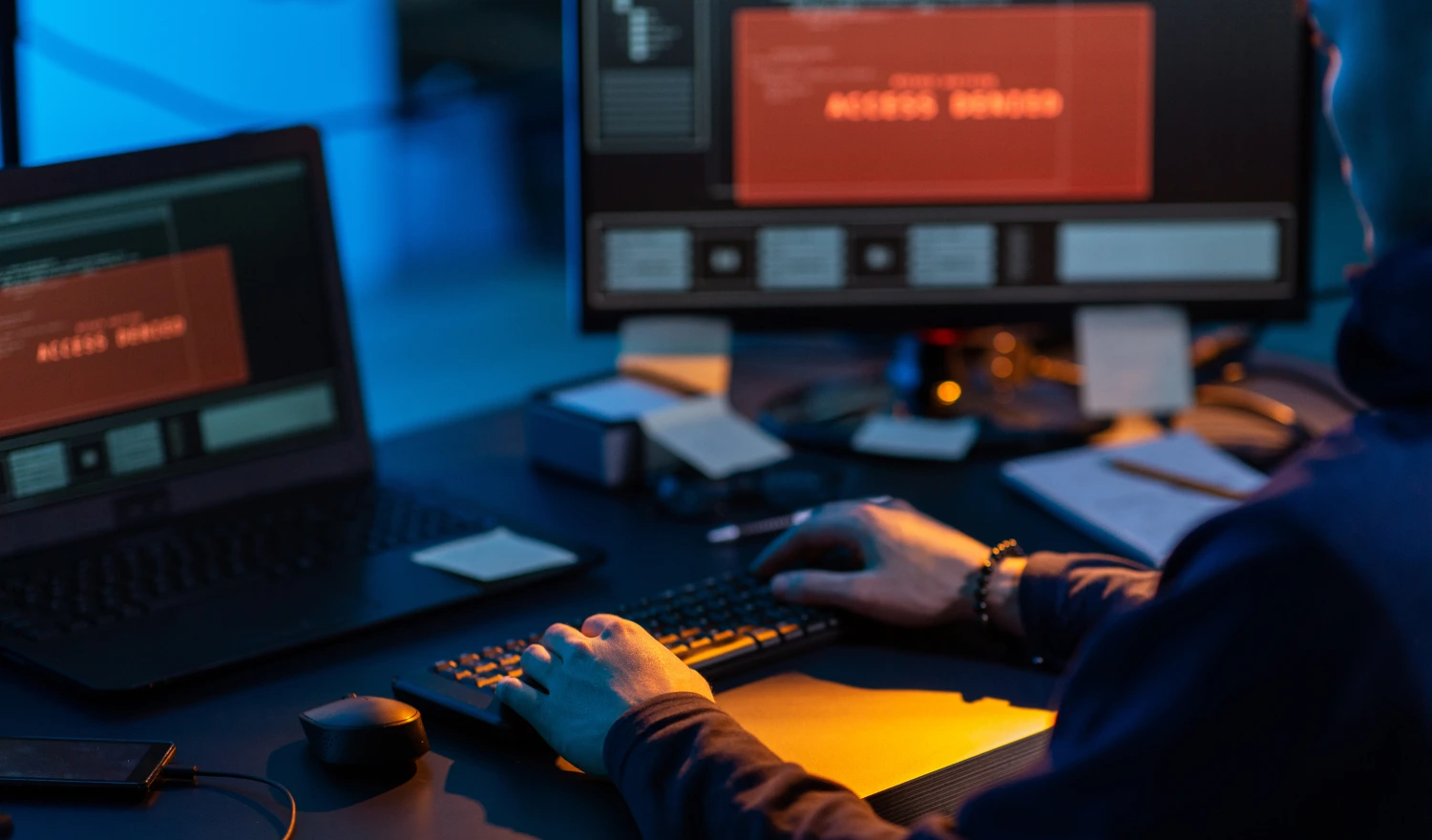The Transportation Industry and the Growing Threat of Cyber Attacks
The Transportation industry plays a vital l role in connecting people, goods, and services globally. However, as the industry becomes increasingly digitized, it faces a growing risk of cyber-attacks that can disrupt operations, compromise safety, and pose significant economic and security threats. Recent incidents, such as the cyber-attack on Wabtec and the vulnerability of rail transit systems to cyber-attacks, highlight the urgency for robust cybersecurity measures within the Transportation sector. In this blog post, we explore the evolving threat landscape faced by the industry and delve into the cybersecurity solutions available to protect against these risks.
The Transportation industry relies heavily on interconnected systems, including trains, planes, automobiles, and logistics networks. This connectivity exposes the sector to various cyber threats, including ransomware attacks, data breaches, and disruptions to critical infrastructure. The cyber-attack on Wabtec, a leading rail equipment provider, demonstrates the potential impact of such incidents on freight transportation. Additionally, the vulnerabilities in rail transit systems underscore the need for heightened cybersecurity measures to ensure public safety and maintain the integrity of transportation networks. The Transportation industry must prioritize cybersecurity as an integral part of its digital transformation.
Several cybersecurity solutions have emerged to protect the transportation industry from the growing cyber-attack threat; this is cybersecurity without complexity. These solutions aim to enhance the industry’s defenses, mitigate risks, and ensure transportation networks’ secure and reliable operation. Here are some key strategies and technologies that can help safeguard the transportation industry against cyber threats:
A 24/7 Security Operations Center (SOC) protects the transportation industry from cyber-attacks. It is a central hub for real-time monitoring, detecting, and responding to security incidents. A dedicated team of cybersecurity professionals in the SOC actively monitors network traffic, system logs, and other security data to identify potential threats and vulnerabilities. By leveraging advanced threat intelligence and analytics tools, the SOC can detect and respond swiftly to cyber-attacks, minimizing their impact on transportation operations and ensuring the integrity and availability of critical systems.
Extended Endpoint Detection and Response (XDR) solutions provide enhanced visibility and protection for the endpoints within the transportation infrastructure. XDR combines multiple security capabilities, such as behavioral analysis, threat intelligence, and automated response mechanisms, to detect and respond to sophisticated threats that traditional antivirus solutions may miss. By continuously monitoring endpoints and correlating data across multiple devices, XDR can identify and mitigate threats across the transportation network, preventing data breaches, system disruptions, and unauthorized access.
Penetration testing involves conducting controlled, simulated attacks on transportation systems to identify vulnerabilities and weaknesses. Skilled ethical hackers perform these tests to assess the effectiveness of existing security measures and identify potential entry points for cyber attackers. By simulating real-world attack scenarios, penetration testing provides valuable insights into the security gaps and areas that require immediate attention. It enables transportation organizations to proactively address vulnerabilities, strengthen security defenses, and protect critical infrastructure and passenger safety.
Continuous vulnerability scanning is an essential practice for the transportation industry. It involves the automated and regular scanning of systems, networks, and applications to identify known vulnerabilities. Transportation organizations can use vulnerability scanning tools to stay informed about potential security weaknesses and prioritize patching and remediation efforts. Continuous vulnerability scanning helps reduce the window of opportunity for cyber attackers, ensuring that transportation systems remain secure and resilient.
Managed Security Awareness Training programs are crucial in raising cybersecurity awareness among employees within the transportation industry. These programs provide comprehensive training and education on best practices, common attack vectors, social engineering threats, and maintaining vital security hygiene. By ensuring that employees are equipped with the knowledge and skills to detect and mitigate potential cyber risks, transportation organizations can build a human firewall against attacks such as phishing attempts and social engineering tactics.
SIEM and SOAR solutions are vital in detecting, analyzing, and responding to security events and incidents within the transportation industry. SIEM tools collect and aggregate log data from various sources, enabling centralized monitoring and real-time threat detection. SOAR solutions automate incident response workflows, enabling faster response times and more efficient incident management. By integrating SIEM and SOAR solutions, transportation organizations can gain comprehensive visibility into security events, respond promptly to potential threats, and orchestrate effective incident response procedures.
The transportation industry is subject to various regulatory requirements concerning data protection, privacy, and cybersecurity. Regulatory compliance services provide expertise in understanding and implementing these regulations, ensuring that transportation systems adhere to industry-specific standards. By partnering with regulatory compliance experts, transportation organizations can establish robust cybersecurity practices, meet legal obligations, and maintain trust among customers and stakeholders.
The Zero-Trust framework is a security approach that assumes no trust in any user or device, regardless of location within the transportation network. This framework implements strict access controls, multi-factor authentication, encryption, and continuous monitoring to verify user identities and validate device security. By adopting the Zero-Trust framework, transportation organizations can limit the potential damage caused by insider threats, unauthorized access attempts, and lateral movement by attackers within the network.
Data-Loss Protection (DLP) solutions are crucial in preventing the unauthorized disclosure or exfiltration of sensitive information within the transportation industry. DLP solutions use content analysis, encryption, and data classification to monitor and control data movement within transportation networks. By identifying and protecting sensitive data, DLP solutions mitigate the risk of data breaches, maintain compliance with data protection regulations, and safeguard critical transportation information from being compromised or misused.
In conclusion, the transportation industry faces increasing cybersecurity challenges due to its interconnected nature. By implementing a combination of robust security solutions, including a 24/7 Security Operations Center, Extended Endpoint Detection and Response, penetration testing, continuous vulnerability scanning, managed security awareness training, SIEM and SOAR solutions, regulatory compliance services, Zero-Trust framework, and Data-Loss Protection, transportation organizations can strengthen their cybersecurity posture, protect critical infrastructure, and ensure the safe and secure transportation of goods and passengers. Proactive cybersecurity measures are essential to mitigate risks, maintain public trust, and ensure the industry’s continued reliability and resilience.
Cybersecurity doesn’t have to be a complex labyrinth that detracts from your main business operations. With DataGuard, we strip away the complexity, providing you with clear, efficient, and effective strategies to strengthen your digital defenses. Partner with DataGuard and empower your company with the expertise and tools needed to secure your operations and data, allowing you to focus on what you do best and experience cybersecurity without the complexity.
Back to Articles/Blog



